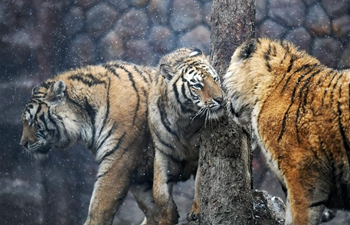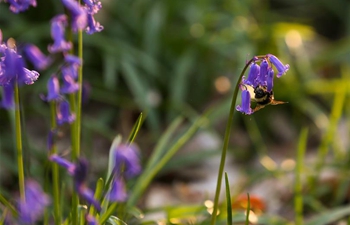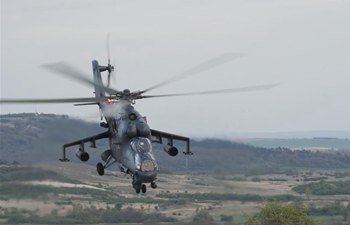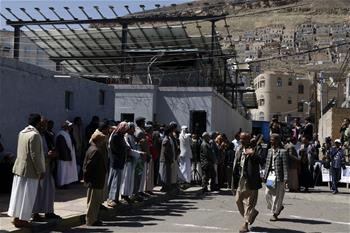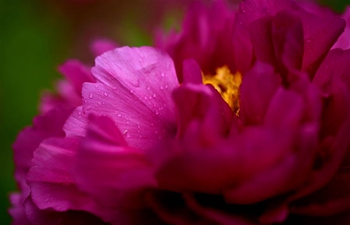NAIROBI, April 18 (Xinhua) -- Kenya Wildlife Service (KWS) plans to enhance surveillance to reduce incidences of human wildlife conflict caused by the ongoing drought, officials said on Thursday.
KWS said that the ongoing dry spell being experienced in most parts of the country is expected to continue and consequently wildlife will be affected due to reduced water availability, reduced and dry food items and potential disease outbreaks.
"It is likely that wildlife will move from their traditional habitats in search of pasture and water leading to conflict as the wildlife comes into contact with the public and human activities. KWS alerts the public that as the dry spell progresses, the risk of human wildlife conflict is expected to increase until the country receives rains," KWS said in a statement released in Nairobi.
The wildlife agency added that the areas that have experienced increased incidence of human wildlife conflict in recent weeks are in Narok, Taita Taveta, Laikipia, Kajiado, Meru, Mau, Marsabit, Lamu and the Mt. Kenya region.
KWS noted that foot, vehicle and aerial patrols have been intensified to manage the situation and also plans to undertake water trucking and supplementary feeding in critical areas to ensure that people and their livelihoods are not affected.
KWS advised the public not to set fires close to protected areas as these fires are likely going to cross over into the protected areas and further worsen the human wildlife conflict as wildlife move to human settlements.
